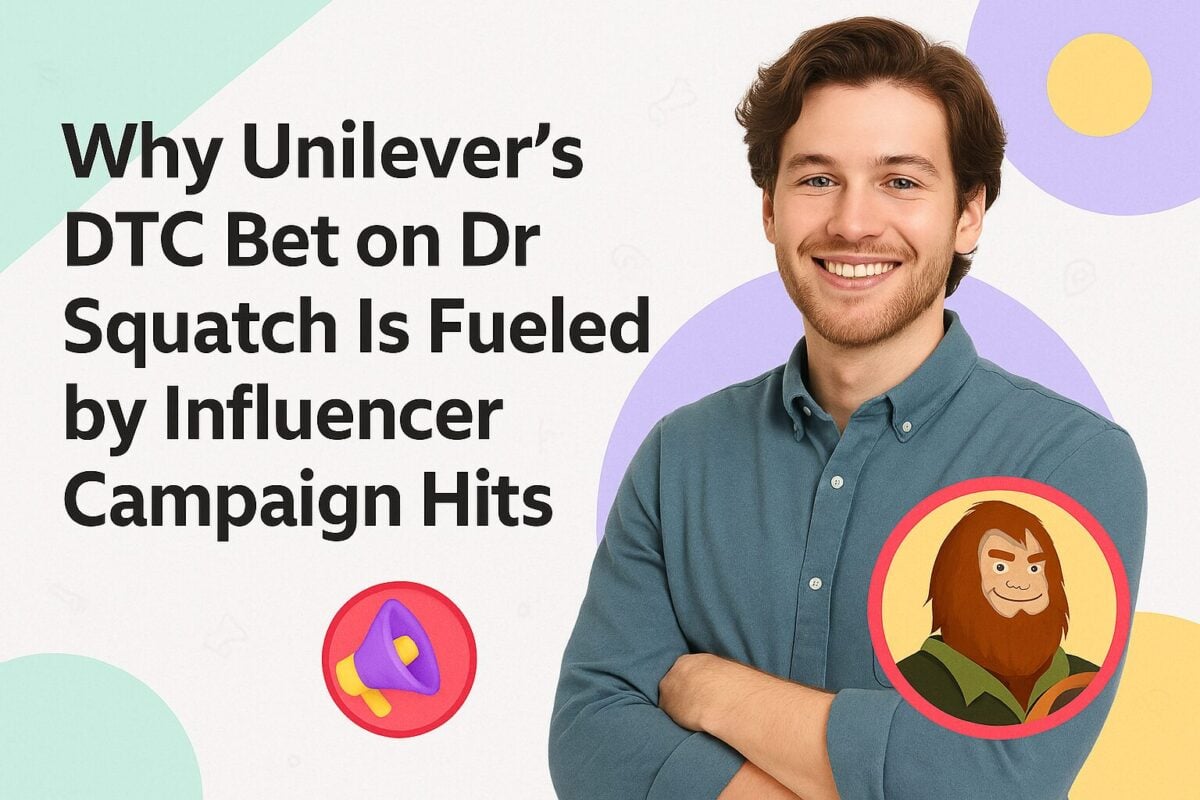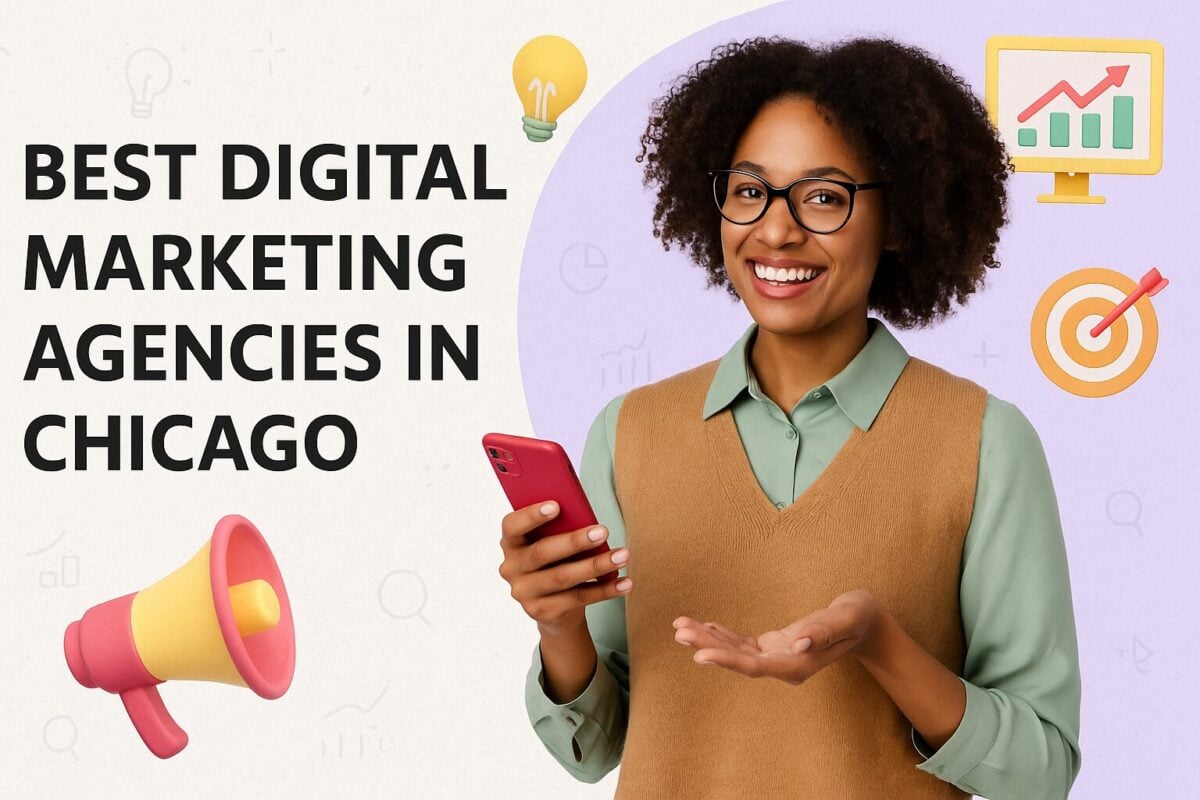If your creativity is your biggest asset and you’re looking for a way to monetize it, then becoming a digital content creator may be your best bet. This would allow you to do what you do best and make money while doing it. The hardest part is getting started with the whole process. So in this post, we provide you with a detailed guide on how to become a digital content creator.
Your Ultimate Guide to Becoming a Digital Content Creator:
- The Significance of Digital Content Creators
- Pros and Cons of Being a Digital Creator
- How Do Digital Creators Get Paid?
- Essential Skills for Successful Digital Creators in 2024
- Creating Your Personal Brand as a Digital Creator
- Mastering SEO for Digital Creators
- Interacting with Your Audience and Building Community
- Tracking Your Progress as a Digital Creator
- Creating Your 8-Step Digital Creator Roadmap
- Frequently Asked Questions
The Significance of Digital Content Creators
With the average person spending 6.4 hours per day on the internet, they’re consuming large volumes of digital content. While a significant portion of this content may come from businesses, consumers are also seeking content from other people. This has brought about a boom in the creator economy, with influencers and content creators at center stage.
In fact, a Mintel study found that 82% of users follow at least one type of social media personality. This suggests that digital content creators and influencers are highly popular among social media users today. Whether they look to them for purchase recommendations and expert insights or they simply love their entertaining content–it’s clear that content creators that a solid place in the minds of digital consumers.
Additionally, 76% of self-proclaimed influencers earn enough money from advertising and creating content on social media. On the extreme end, the highest-earning digital creator, MrBeast raked in $82 million in annual earnings in 2023.
While not every creator will be able to reach this level, it still speaks volumes about the significance of content creators in today’s marketing landscape. According to the latest creator economy stats, content creators can earn more than $50k per year. In other words, there’s an opportunity to make it as a digital content creator.
Pros and Cons of Being a Digital Creator
Before you commit, you might want to carefully weigh the pros and cons to make a more informed decision. Here’s a quick rundown of the top pros and cons of being a digital creator.
Pros:
- You can create content on topics that you’re passionate about.
- You have the freedom to get creative and do what you love.
- You have the flexibility to set your own hours.
- You can do it full-time or even part-time alongside your 9-5.
- You have the opportunity to make a living from it.
Cons:
- The landscape can get competitive.
- It’s difficult to get started and build your presence initially.
- The pressure to create fresh content constantly can be stressful.
How Do Digital Creators Get Paid?
Think brand sponsorships are the only way to make money as a content creator? Think again. There are plenty of options to make money as a digital content creator, and many of those options don’t necessarily involve working with a brand. Here are some of the main ways for digital creators to get paid.
- Brand Sponsorships: This is when you get paid by brands to create sponsored content. Brands make use of your influence and creativity as a content creator to get their brand in front of your audience.
- Affiliate Partnerships: This is where you create content to promote a brand’s product along with an affiliate link or code. You get paid a commission when your audience makes a purchase.
- Memberships and Subscriptions: Many content creators make money from their fans through memberships and subscription programs. In exchange, their fans get access to special privileges such as exclusive content.
- Fan Contributions: Some creators get contributions from fans who want to support their work. Tools like Buy Me a Coffee buttons allow you to collect these contributions.
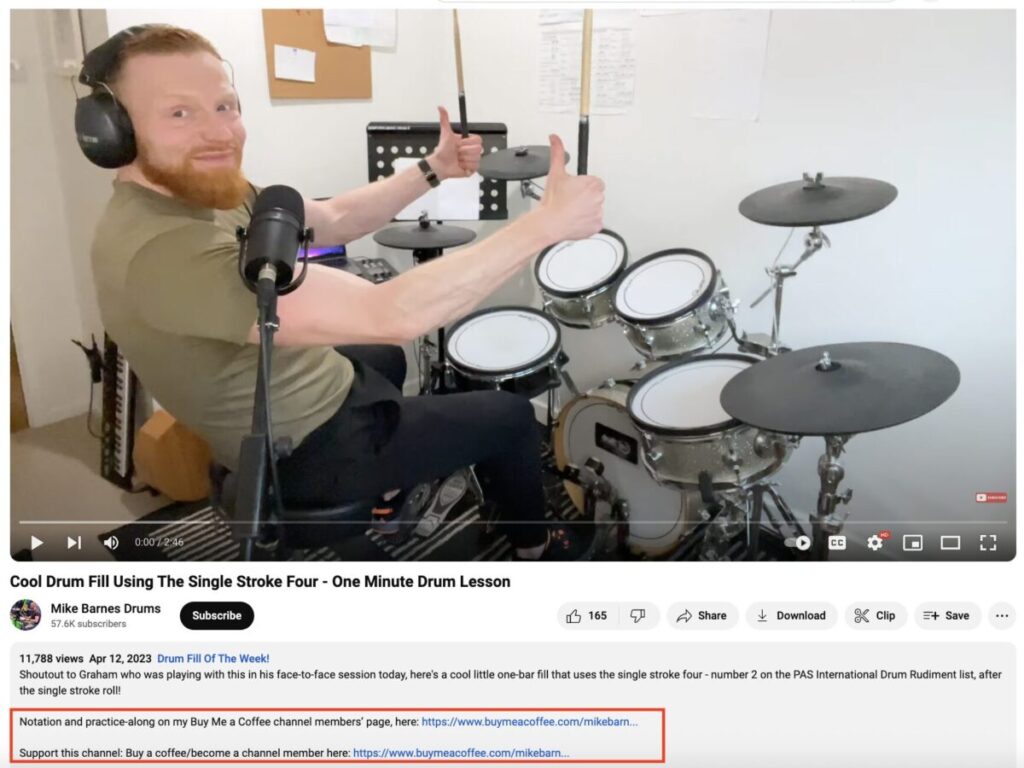
Source: youtube.com
- Ad Revenue: You can also get paid by Google when people click on ads on your website or blog. If you’re using YouTube, you can even get paid for the ad clicks generated when people view your videos.
- Merch and Physical Products: Another way to directly get support from your fans is by selling merch. This would involve putting your logo on products such as clothes, mugs, hats, and accessories so your fans can publicly display their support.
Alternatively, many content creators come up with their own product lines in the industry they specialize in. Think makeup from a beauty creator or a hot sauce brand from a food content creator.
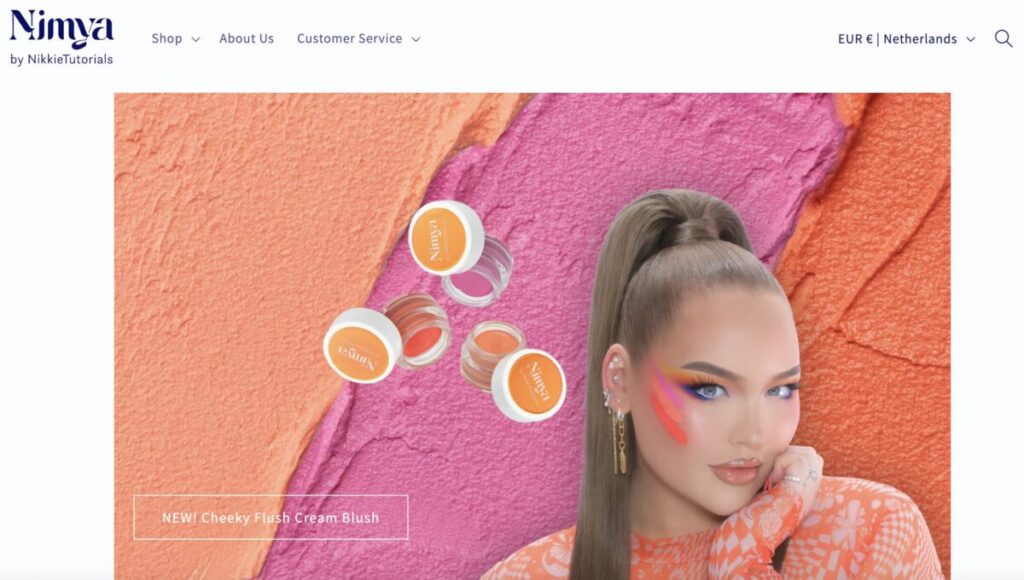
Source: nimya.com
- Courses/Info Products: In some cases, the knowledge that you share with your audience can also be monetized through courses and info products.
- Creator Revenue Programs: Many of the leading social media platforms offer revenue programs so eligible creators can make money directly through them. This includes the Reels Play Bonus on Instagram and the TikTok Creator Fund on TikTok.
Essential Skills for Successful Digital Creators in 2024
So what skills do you need to become a successful digital creator in 2024? Besides the skills you already possess in your niche, here are some key skills to brush up on if you’re serious about becoming a digital creator.
- Writing – Even if you’re not writing a blog, you still need writing skills to create compelling scripts and enticing captions.
- SEO – You need SEO expertise to make sure that your website ranks in relevant searches. Even if you’re only focusing on social media platforms like YouTube, you still need YouTube SEO to improve your channel discoverability.
- Video Creation – Video is the name of the game in 2024. Whether you’re creating content on YouTube or focusing on short-form videos on Reels and TikTok, you need the skills to capture and edit videos that will engage your audience.
- Marketing – Your success as a digital creator relies heavily on your ability to market yourself. Make sure you brush up on essential marketing strategies and tools to promote your creator brand.
- AI Prompting – With AI changing the digital landscape, you could find multiple ways to leverage it for digital content creation. So it’s crucial to learn how to feed effective prompts to make the most of AI.
Creating Your Personal Brand as a Digital Creator
Personal branding is the key to standing out as a digital creator. How do you want people to recognize and remember you? If you manage to set yourself apart in a sea of creators, it’ll be much easier to establish your presence.
For example, Rachel Maksy is a YouTube creator who creates content related to vintage outfits. Her signature vintage-styled flaming red hair, quirky style, and conversational tone are a part of her personal brand.
To define your personal brand, start by deciding on the following:
- Your niche and target audience
- Your values
- Your voice and tone (energetic, professional, conversational, etc.)
- Your brand personality (fun, quirky, goofy, humorous, serious, etc.)
- Your visual identity and aesthetics (color schemes, style,
Then make sure to showcase this personal brand consistently across your digital presence. This would involve designing a website that fits the visual identity that you’ve created. Similarly, you’ll also want to choose clothing, video sets, and graphics that align with your personal brand. Check out our personal branding guide for more detailed steps on the process.
Mastering SEO for Digital Creators
As briefly mentioned earlier, digital creators need to be adept at SEO as it helps your content get found by the right people. This is particularly important for creators who have their own website or blog or leverage YouTube to share content. Here are a few tips to help you get started with SEO:
- Start with keyword research to identify the topics and themes that your audience is interested in. Based on this research, you’ll be able to create content that people are searching for.
- Create content to satisfy user intent. Understand why people are searching for specific keywords and phrases so you can create high-quality content to address their needs.
- Improve your on-page SEO by optimizing content with your chosen keywords. Beyond the page content, use your keyword strategically in the page title, headers, and meta description.
- For blog posts and website content, don’t forget to add links to relevant internal pages as well as high-quality pages from authoritative websites.
- In the case of YouTube videos, make sure to optimize your video titles and descriptions with your target keywords.
- Include subtitles and relevant tags to your YouTube videos to improve discoverability.
- Create eye-catching video thumbnails that will drive clicks (which will then translate to improved search visibility).
For more comprehensive tips to improve your search visibility, check out our SEO strategy guide. You can also use our YouTube SEO tips to improve your video visibility.
Interacting with Your Audience and Building Community
The success of your content relies on the people consuming it–your viewers, readers, and followers. And when your content succeeds, you have a better chance of making it as a content creator. It’s important to interact with your audience regularly and build a strong community that will engage with the content and promote it for you.
Make sure to respond to comments, answer their questions, and get them involved in your content creation journey. YouTube video creator Jeff Su regularly responds to the comments on his videos with thoughtful answers.
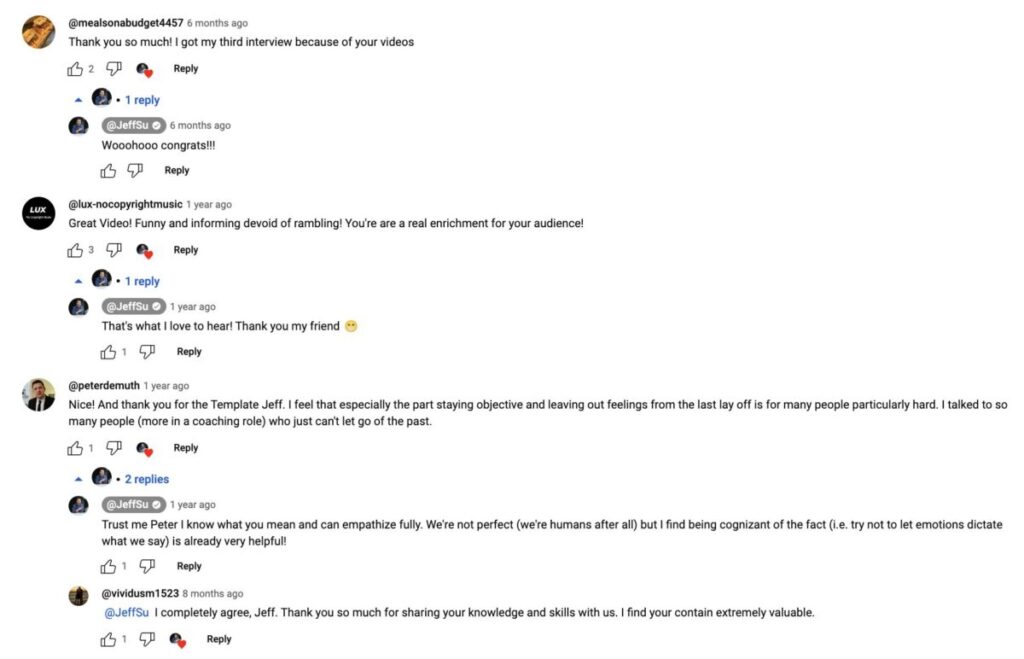
Source: youtube.com
You could even ask them for suggestions on what content to create or create content based on the questions they ask. This will make them feel like a part of the content creation process, strengthening their connection with you.
Tracking Your Progress as a Digital Creator
If you’re serious about making it as a digital creator, you have to make sure that your efforts are paying off. Monitoring your progress is essential to see what’s working and what’s not so you can realign your content creation efforts accordingly. Some of the most important metrics to track include:
- Website visitor growth
- Number of unique page visits
- Retention rate
- Subscriber/follower growth
- Engagements
- Shares
- Content-specific engagements
Make sure to benchmark your performance metrics not just at the content level but also for your website, page, or channel as a whole. This will help you understand how your presence is growing as a creator.
Additionally, keep track of how these KPIs change over time so you can match the changes against specific actions. For instance, you might notice a growth in visitors after publishing a certain blog post, which would indicate that the topic is popular with your target audience.
Creating Your 8-Step Digital Creator Roadmap
As highlighted in the “cons” section, one of the major challenges of becoming a digital content creator is that it’s difficult to get started. With so many things to consider and so many steps involved, you may initially find it challenging to start the process. To make it easier for you, here’s a useful 8-step roadmap to guide you on your journey.
Step 1: Decide on Your Niche
The easiest way to build your presence as a digital creator is by focusing on a specific niche. That way, you can focus on creating content that will attract a very specific target audience. This makes it easier to build your presence in that niche rather than creating content on broad topics.
Your niche can be related to your interests, expertise, experiences, or anything else that you want to talk about. For instance, Justine Ezarik (iJustine) focuses on creating tech and gaming content and has amassed more than 7 million subscribers on YouTube.
Step 2: Focus on the Right Medium and Channels
The next step is to decide on the medium and channels you want to use for creating content. This will help you focus on the right content formats and distribute them through the right channels. For instance, you may want to use your writing skills to maintain a blog and website. Or if you have a great personality for video, you may want to focus on video content for YouTube.
Additionally, the niche you choose will also determine the best medium and channels to use based on where the audience is and which types of audience they consume. For example, gaming content creators may want to use platforms like YouTube and Twitch to share game walkthrough videos and reviews.
Meanwhile, home improvement content creators may want to focus on short-form videos on TikTok and Instagram to share bite-sized tips and ideas. The following creator uses Instagram Reels to share short videos about home décor and home improvement. Many of her videos focus on unique home finds and how to style them.
Step 3: Understand Your Audience
As briefly mentioned earlier, the success of your content depends heavily on your audience. If your content resonates with them and satisfies their need, there’s a good chance of it succeeding. So it’s important to have a solid understanding of your audience to create content for them.
If you’re only getting started, you can use audience research software to get a better understanding of their needs and preferences. Your keyword research would’ve also revealed some useful information on user intent, which will help you understand their needs better.
If you’re already creating content, your analytics data will reveal some valuable audience insights. Go beyond quantitative performance data and make sure to review your comments for qualitative information. This will help you identify what types of content they want to see and how they respond to your existing content.
Step 4: Develop Content Ideas
Use your research to come up with interesting content ideas that will address your audience’s needs. Take each topic and figure out how to build on it. How will you tackle the topic to satisfy user intent? What format will work best to deliver your message?
Once you’ve fleshed out each idea, put them together in a content calendar so you can plan ahead for an entire month. You can even check out our content calendar ideas for inspiration on what to create.
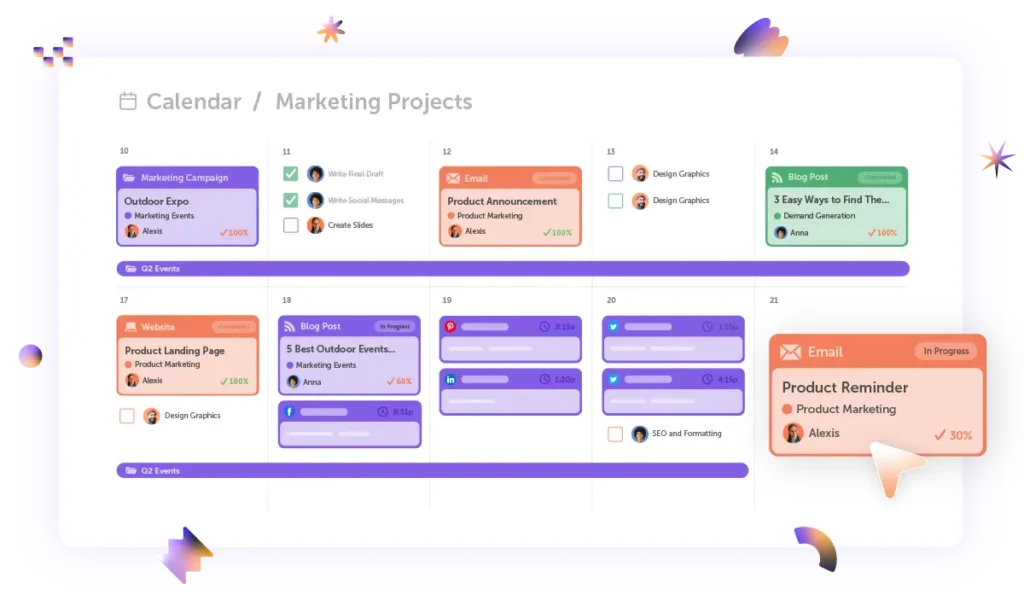
Source: coschedule.com
Step 5: Collect the Tools and Materials You Need
Next, it’s time to collect all the tools and materials you’ll need to create content. For video creators, you may need filming equipment such as mic, lighting, and cameras. Additionally, you may need to invest in content creation tools such as editing software to create high-quality content.
Step 6: Start Creating
Now you can start creating content based on the ideas you’ve put together. It’ll take some time to perfect this process so have patience with yourself.
Make sure to follow relevant best practices to create each type of content. In the case of YouTube videos, it’s crucial to have a script or at least a storyboard that will help you through the process. And don’t forget the importance of post-production and editing to produce high-quality content–regardless of the medium.
Step 7: Publish on a Consistent Schedule
Publishing consistently is the key to improving your visibility regardless of the platform you use. So follow a publishing schedule to make sure you’re creating and publishing content consistently.
The ideal posting schedule may vary depending on which platform you’re using and how your audience engages with it. For instance, the best time to publish YouTube videos isn’t necessarily the best time to post on Instagram. It’s best to run a few tests and vary your posting frequency to find the optimal schedule.
You can maintain your posting frequency by using social media scheduling tools and in-app scheduling features. This will also help you ensure that your content goes out at the best times to drive audience engagement.
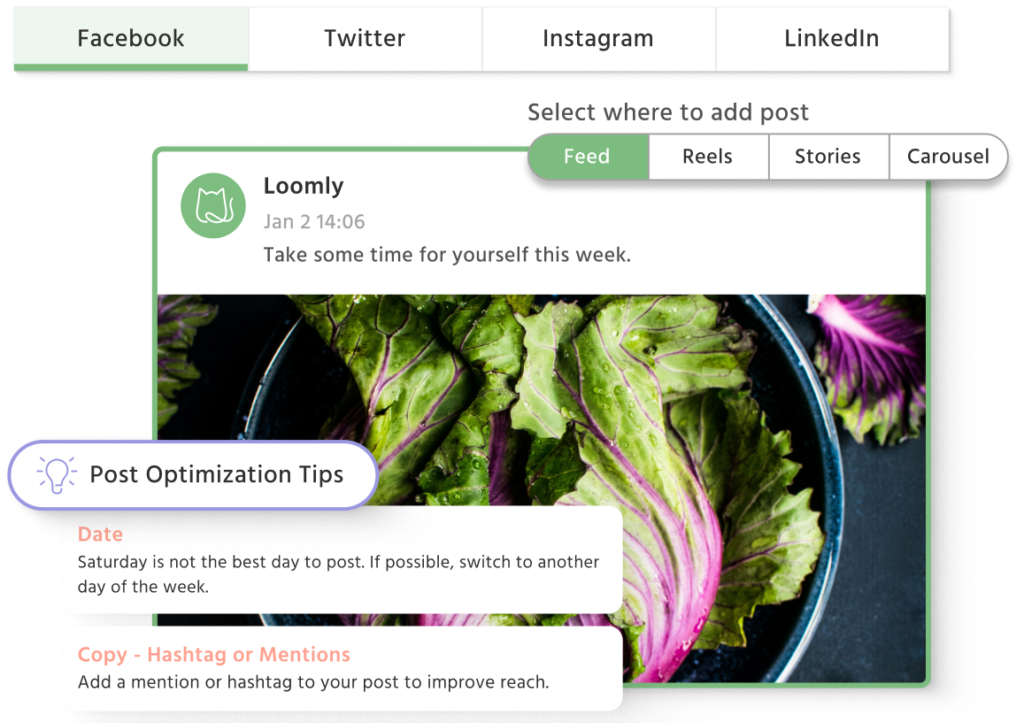
Source: loomly.com
Step 8: Build Your Community
Finally, make sure you’re regularly engaging with your audience to build a strong community of followers. Respond to their comments, answer their questions, and create opportunities for engagement.
You could host Q&A and AMA sessions, create interactive polls, open up forum discussions, or even create Discord servers to connect with your audience. The goal is to create a sense of community, so they remain loyal fans and help promote your content.
Finding Success as a Digital Content Creator
Now that you have a comprehensive guide to help you become a digital content creator, it’s time to put these ideas into action. Keep in mind that it will take time to build your presence regardless of how much content you create or how great your content is. So have patience and keep persevering with high-quality content that appeals to your audience.
Frequently Asked Questions
How do I start as a digital creator?
You can get started as a digital creator by finding your niche and developing great content that appeals to your target audience.
Can anyone become a digital creator?
Anyone can become a digital creator with the right skills and strategy.
How do I make money as a digital creator?
You can make money as a digital creator through ad revenue, brand sponsorships, merch and product sales, fan contributions, and many more.
How do creators get paid?
Creators get paid through ad revenue, brand sponsorships, affiliate commissions, merch and product sales, contributions from fans, memberships and subscriptions, and courses and info products.

